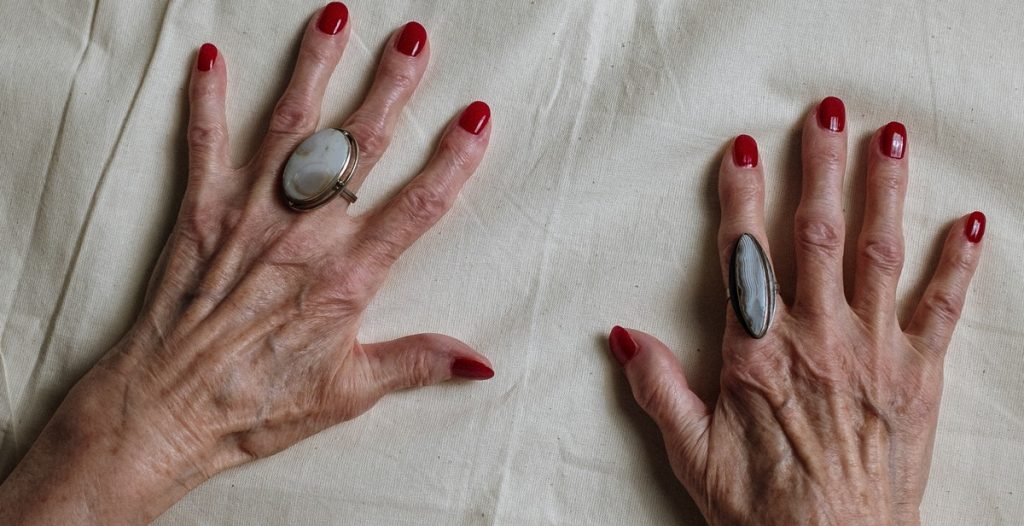Discovering Jewelry Through the Ages: Ancient Civilizations to Modern Times
Jewelry has been an essential part of human culture for thousands of years. Throughout history, people have adorned themselves with various types of accessories made from precious metals, gemstones, and other materials, not only for decorative purposes but also as a symbol of status, power, and spirituality.
Why Jewelry is Important
Jewelry has always played a significant role in human society, dating back to ancient times. It has been used as a form of currency, a means of trade, and a representation of social status. For many cultures, jewelry holds spiritual and religious significance, with various symbols and designs representing different beliefs and practices.
Furthermore, jewelry has always been a popular form of self-expression, allowing people to showcase their personal style and creativity. It can be a statement piece or a subtle addition to an outfit, but either way, it can add an extra touch of elegance and sophistication.
Today, jewelry continues to be a thriving industry, with designers and artisans creating unique and innovative pieces that reflect modern trends and styles. From classic diamond necklaces to trendy leather bracelets, there is something for everyone when it comes to jewelry.
In this article, we will explore the history of jewelry, from ancient civilizations to modern times, and how it has evolved over the centuries to become the beloved accessory we know today.
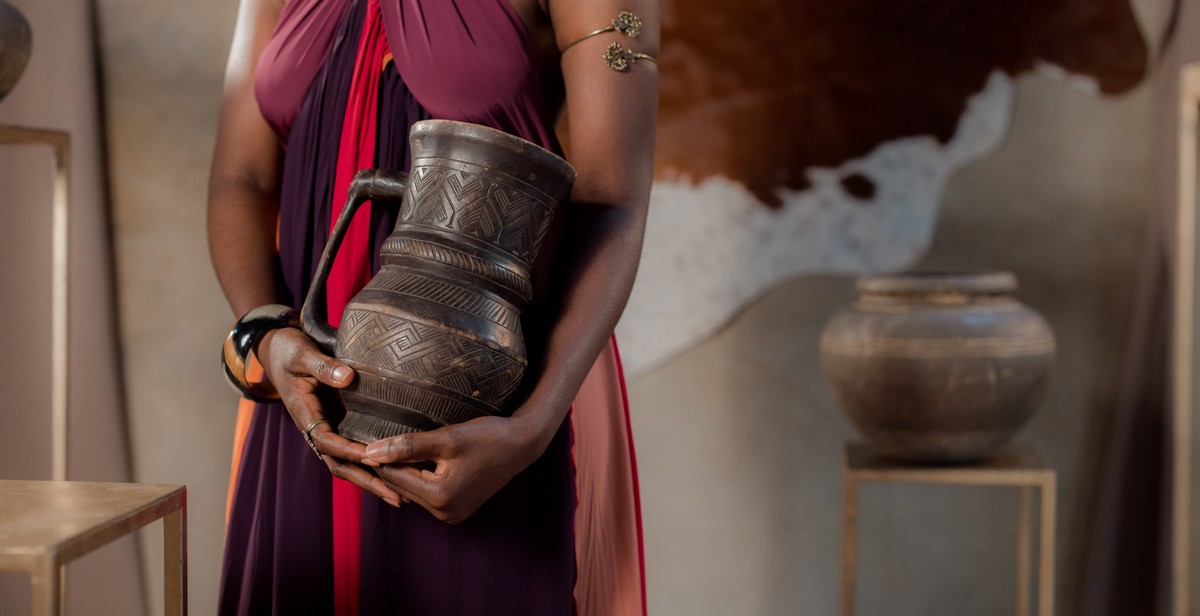
Ancient Civilizations
Jewelry has been a part of human history for thousands of years. From the ancient civilizations of Egypt, Greece, and Rome, to modern times, jewelry has been used as a form of personal adornment, status symbol, and even religious significance. Let’s take a closer look at the jewelry of these ancient civilizations.
Jewelry of Ancient Egypt
The ancient Egyptians were known for their love of jewelry and used it as a form of self-expression and status symbol. They believed that jewelry had protective and magical properties and often included symbols and amulets in their designs. Gold was the most popular metal used in ancient Egyptian jewelry, and it was often combined with precious stones such as lapis lazuli, turquoise, and carnelian. Some of the most famous pieces of ancient Egyptian jewelry include the gold burial mask of King Tutankhamun and the jewelry found in the tomb of Queen Ahhotep.
Jewelry of Ancient Greece
Ancient Greek jewelry was known for its intricate designs and use of natural motifs such as animals, flowers, and shells. The Greeks used a variety of materials to create their jewelry, including gold, silver, and bronze. They also used precious stones such as emeralds, amethysts, and pearls. One of the most famous pieces of ancient Greek jewelry is the gold wreath found in the tomb of Philip II of Macedon.
Jewelry of Ancient Rome
The ancient Romans were known for their love of jewelry and used it as a form of personal adornment and status symbol. Like the Greeks, they used a variety of materials to create their jewelry, including gold, silver, and bronze. They also used precious stones such as emeralds, amethysts, and diamonds. One of the most famous pieces of ancient Roman jewelry is the cameo, a type of carved gemstone that was often used in rings and brooches.
| Ancient Civilization | Jewelry Piece | Description |
|---|---|---|
| Egypt | Gold Burial Mask of King Tutankhamun | A solid gold mask with inlaid glass and semi-precious stones that covered the face of King Tutankhamun in his tomb. |
| Egypt | Jewelry from the Tomb of Queen Ahhotep | A collection of gold and precious stone jewelry found in the tomb of Queen Ahhotep, including a diadem, bracelets, and necklaces. |
| Greece | Gold Wreath from the Tomb of Philip II of Macedon | A gold wreath made of myrtle leaves and flowers that was found in the tomb of Philip II of Macedon. |
| Rome | Cameo | A carved gemstone that was often used in rings and brooches. Cameos often featured portraits of important figures or scenes from mythology. |
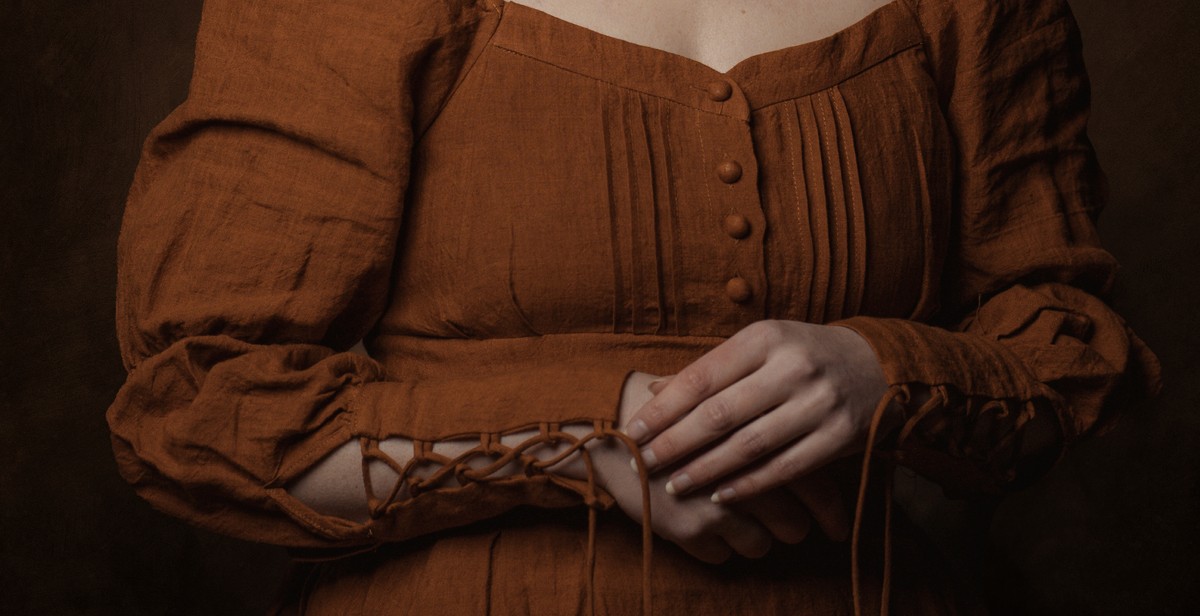
Medieval and Renaissance Jewelry
The medieval period, also known as the Middle Ages, saw a shift in jewelry style from the elaborate and intricate designs of the Roman Empire to more simplistic and symbolic pieces. Jewelry during this time was often worn as a symbol of power and status, and was primarily made from precious metals such as gold and silver.
Jewelry of Medieval Europe
One of the most popular forms of jewelry during the medieval period was the brooch, which was often used to fasten clothing and served as a status symbol for both men and women. The fibula brooch, in particular, was a popular style during this time and was often decorated with precious stones and intricate designs.
Another popular form of jewelry during the medieval period was the ring, which was often used as a symbol of power and wealth. Rings were often adorned with precious stones and intricate designs, and were worn by both men and women.
Jewelry of the Renaissance
The Renaissance period saw a resurgence in the popularity of jewelry, with a focus on intricate designs and the use of precious stones. Jewelry during this period was often worn as a symbol of wealth and status, and was primarily made from gold and silver.
One of the most popular forms of jewelry during the Renaissance period was the pendant, which was often worn on a chain around the neck. Pendants were often adorned with precious stones and intricate designs, and were considered a symbol of wealth and status.
Another popular form of jewelry during the Renaissance period was the earring, which was often worn by both men and women. Earrings were often made from gold or silver and were decorated with precious stones and intricate designs.
| Medieval Europe | Renaissance |
|---|---|
| Fibula brooch | Gold pendant |
| Gold ring with precious stone | Silver earring with intricate design |
Overall, the medieval and Renaissance periods saw a shift in jewelry style from simple and symbolic to intricate and decorative. Jewelry during these periods served as a symbol of power and wealth, and was primarily made from precious metals such as gold and silver.
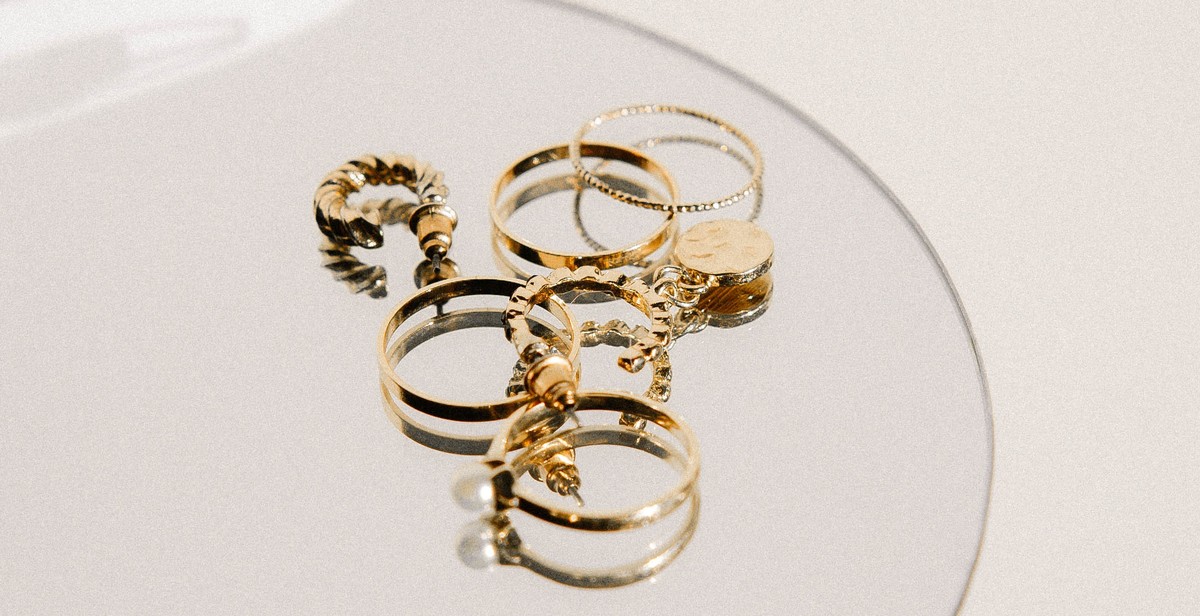
Jewelry of the Victorian Era
The Victorian era, spanning from 1837 to 1901, was known for its elegance, beauty, and refinement. Jewelry during this time was no exception, with intricate designs and attention to detail being a staple of the era.
Styles and Materials
Victorian jewelry was heavily influenced by the romanticism of the time, with nature-inspired motifs and sentimental symbols being popular choices. The use of gemstones was also prevalent, with diamonds, rubies, emeralds, and sapphires being the most commonly used. Other materials such as pearls, coral, and enamel were also popular.
One notable style of Victorian jewelry was mourning jewelry, which was worn by those mourning the loss of a loved one. These pieces were often made of black materials such as jet or onyx and featured somber designs such as urns or weeping willows.
Techniques
The Victorian era saw the rise of new techniques in jewelry making, including the use of electroplating and the introduction of the diamond saw. These advancements allowed for more intricate and detailed designs to be created.
Engraving and etching were also popular techniques during this time, with intricate designs and messages often being engraved onto pieces. Enamelwork was also commonly used, with intricate designs and vibrant colors being a hallmark of Victorian enamel jewelry.
Famous Examples
One famous example of Victorian jewelry is the tiara worn by Queen Victoria on her wedding day. The tiara, made of diamonds and pearls, featured a floral design and has since become an iconic piece of jewelry.
Another famous example is the Beau Sancy diamond, a 34.98-carat diamond that was owned by various European monarchs during the Victorian era. The diamond is now part of the collection at the Louvre Museum in Paris.
| Diamonds | Emeralds | Rubies |
|---|---|---|
| Sapphires | Pearls | Coral |
In conclusion, the Victorian era was a time of elegance and refinement in jewelry. Nature-inspired motifs, sentimental symbols, and the use of gemstones were all popular choices during this time. The rise of new techniques in jewelry making allowed for more intricate and detailed designs to be created, and famous examples such as Queen Victoria’s wedding tiara and the Beau Sancy diamond continue to be celebrated today.

Art Nouveau and Art Deco Jewelry
The Art Nouveau and Art Deco movements in jewelry design were significant periods in the history of jewelry. Both styles were born out of the desire to break away from traditional designs and embrace new artistic expressions.
Jewelry of the Art Nouveau Era
The Art Nouveau movement emerged in the late 19th century and lasted until the outbreak of World War I. The style was characterized by its flowing, organic lines and naturalistic motifs, such as flowers, leaves, and insects. Art Nouveau jewelry was often made from materials such as enamel, glass, and semi-precious stones, and featured delicate settings and intricate designs.
One of the most famous Art Nouveau jewelry designers was René Lalique, who created stunning pieces featuring naturalistic motifs such as dragonflies and peacock feathers. Another notable designer was Georges Fouquet, who was known for his use of unconventional materials such as horn, ivory, and mother-of-pearl.
Jewelry of the Art Deco Era
The Art Deco movement emerged in the 1920s and lasted until the outbreak of World War II. The style was characterized by its geometric shapes, bold colors, and use of precious metals and gemstones. Art Deco jewelry was often inspired by the machine age and featured streamlined designs and symmetrical patterns.
One of the most famous Art Deco jewelry designers was Cartier, who created stunning pieces featuring bold geometric shapes and colorful gemstones. Another notable designer was Jean Després, who was known for his use of silver and his modernist designs.
| Art Nouveau Jewelry | Art Deco Jewelry |
|---|---|
| Organic lines and naturalistic motifs | Geometric shapes and bold colors |
| Enamel, glass, and semi-precious stones | Precious metals and gemstones |
| Delicate settings and intricate designs | Streamlined designs and symmetrical patterns |
Both the Art Nouveau and Art Deco movements had a significant impact on the world of jewelry design, and their influence can still be seen in contemporary jewelry today.
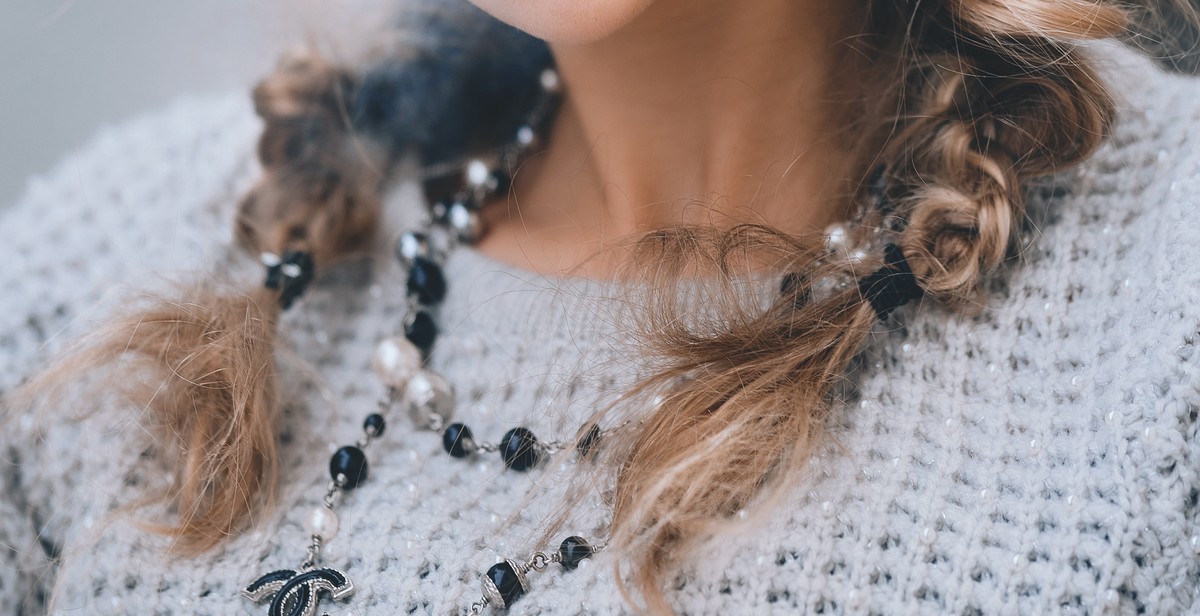
Modern Times
Contemporary jewelry designers have been pushing the boundaries of traditional jewelry making techniques and materials to create unique and innovative pieces. With the rise of technology and modern manufacturing methods, jewelry trends today are constantly evolving to reflect the current fashion and cultural landscape.
Contemporary Jewelry Designers
Contemporary jewelry designers are often inspired by nature, architecture, and modern art movements. They experiment with unconventional materials such as plastics, wood, and even recycled materials to create jewelry that is both eco-friendly and visually stunning. Some of the most popular contemporary jewelry designers include:
- Monica Vinader
- Alex Monroe
- Maria Black
- Shaun Leane
- Swarovski
These designers have gained international recognition for their unique designs and commitment to sustainability.
Jewelry Trends Today
From minimalist designs to bold statement pieces, jewelry trends today are diverse and cater to a wide range of tastes. Some of the most popular jewelry trends today include:
- Minimalist jewelry
- Layered necklaces
- Hoop earrings
- Chunky bracelets
- Personalized jewelry
These trends are often seen on the red carpet and in fashion magazines, influencing the jewelry choices of consumers around the world.
| Trend | Description |
|---|---|
| Minimalist jewelry | Jewelry with simple and clean lines, often featuring geometric shapes and understated details. |
| Layered necklaces | Wearing multiple necklaces of varying lengths and styles to create a unique and personalized look. |
| Hoop earrings | Circular earrings that come in different sizes and styles, from simple gold hoops to embellished designs. |
| Chunky bracelets | Bracelets with bold and oversized designs that make a statement on their own or when stacked with other bracelets. |
| Personalized jewelry | Jewelry with initials, names, or meaningful symbols engraved or stamped on them, often given as a gift or worn as a sentimental reminder. |

